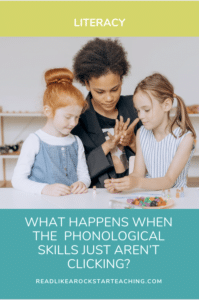
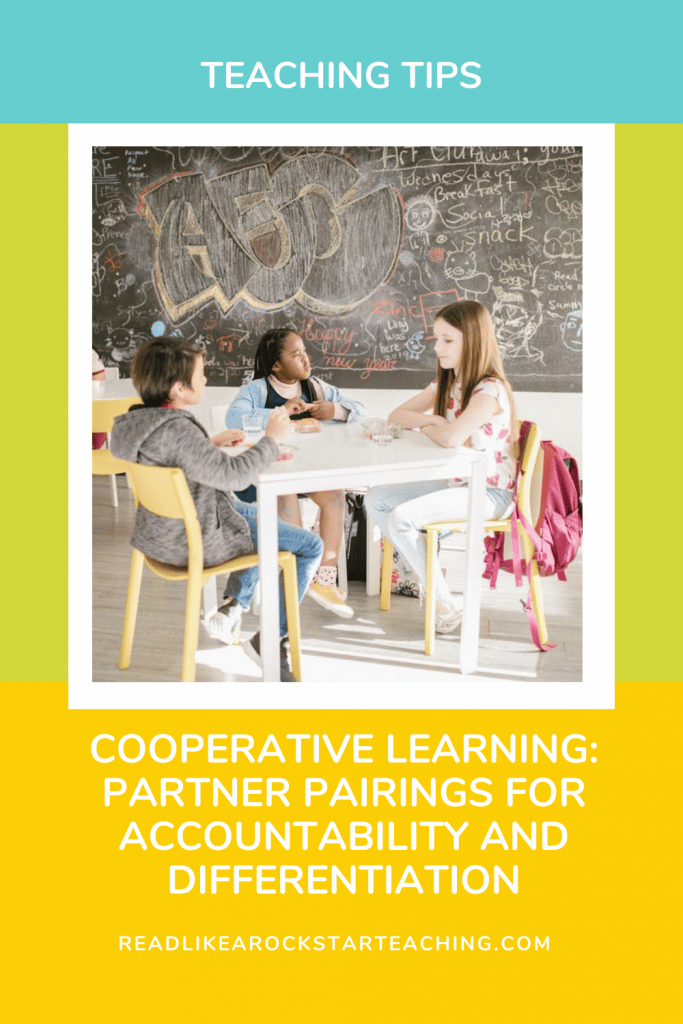
Early on in my teaching career (about 10 years ago), I remember the moment I realized I wasn’t holding all of my students accountable. When I asked a question, everyone wasn’t actively engaged and thinking about the answer. Some students were checked out or hoping not to be called on. Some students wanted to participate, but needed more support or time to process before being called on to answer. This is when I started incorporating cooperative learning into my teaching practices.
Cooperative learning is a teaching strategy that gives students of different levels the opportunity to learn things together. Students will hold each other accountable and support one another, but they are also responsible for their own learning.
During cooperative learning, students also learn how to give and take constructive feedback from their classmates.
Cooperative learning is yet another strategy I use to cultivate a classroom culture of community.
There are many cooperative learning strategies to choose from, but my favorite is Pairing Partners for Accountability and Differentiation.
I modified a strategy called Numbered Heads Together that I learned about at a teacher training. I liked the concept of it, but took elements of it and made it work for my students and I.
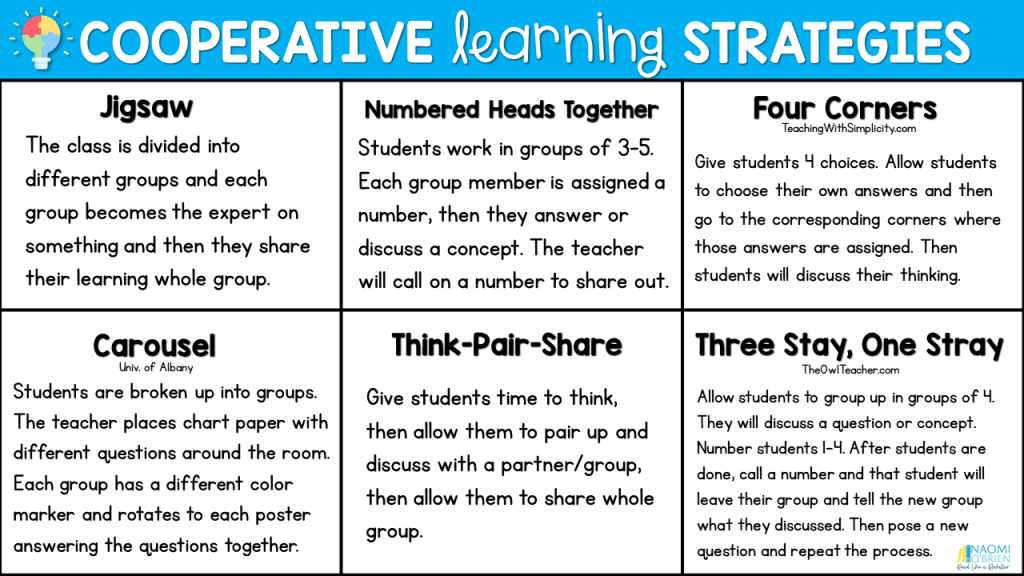
As soon as I get to know my students and figure out their strengths and areas they need growth in, I begin forming partnerships. In order to keep track of those partners, I use badges.
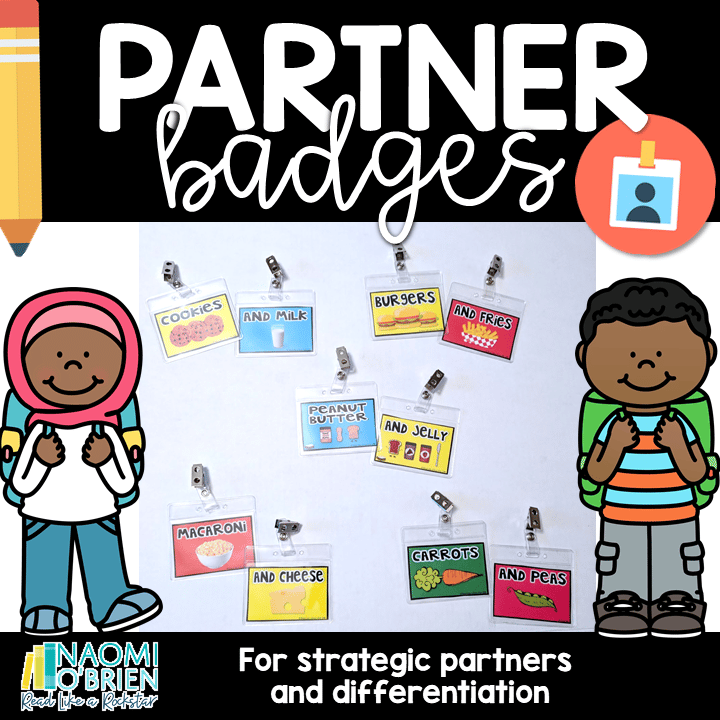
I give my high and grade level students one badge and then my friends that need more support get the other badge.
So, one group would be peanut butter and the other group would be jelly.
Then, I show my students the slide below and explain what’s going on to them.
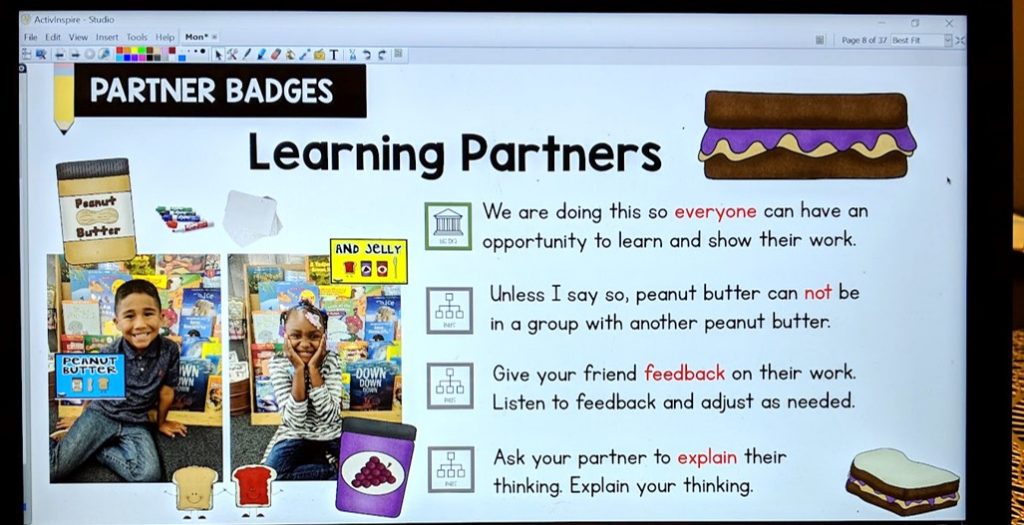
As the school year progresses, I usually have to add in a third group. As really high performing or gifted students really take off, it can become frustrating for them to feel like they have to only teach others or not receive feedback from their partners.
So, if I start off with Peanut Butter and Jelly pairs, later on I might add a Carrot group of really high achievers that will be cluster grouped and able to push and challenge each other.
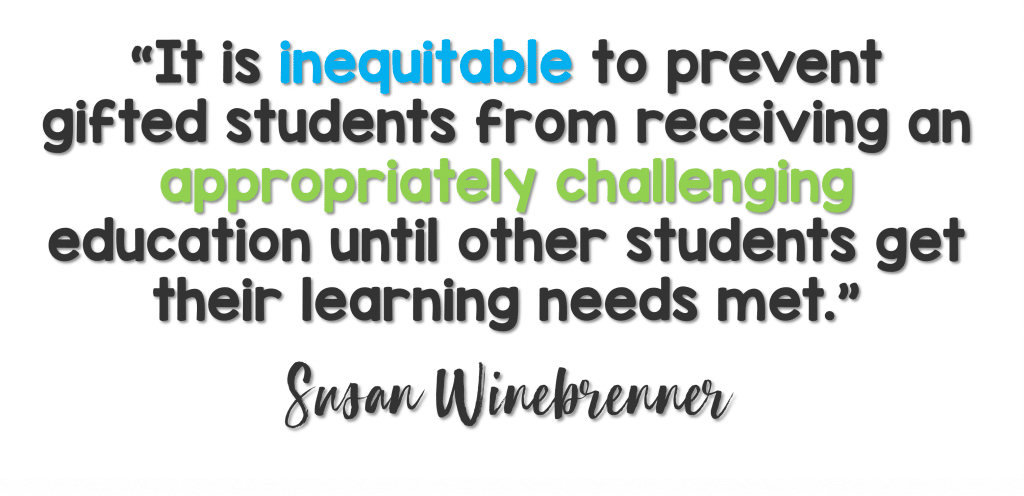
“When gifted students are always placed in mixed-ability groups for cooperative learning, they frequently become bosses and/or tutors. Other students in these groups rely on the gifted to do most of the thinking, and may actually learn less than when the gifted students are not in their groups. When gifted students work in their own cooperative learning groups from time to time on appropriately challenging tasks, they are more likely to enjoy cooperative learning, while the other students learn to rely less on the gifted students and become more active learners. The best guidelines are that when the task is of the drill and practice type, gifted students should be learning how to cooperate in their own groups in which the task is difficult enough to require cooperation. When the task is open-ended and requires divergent thinking, it is more appropriate to include the gifted students in heterogeneous cooperative learning groups.” – Susan Winebrenner
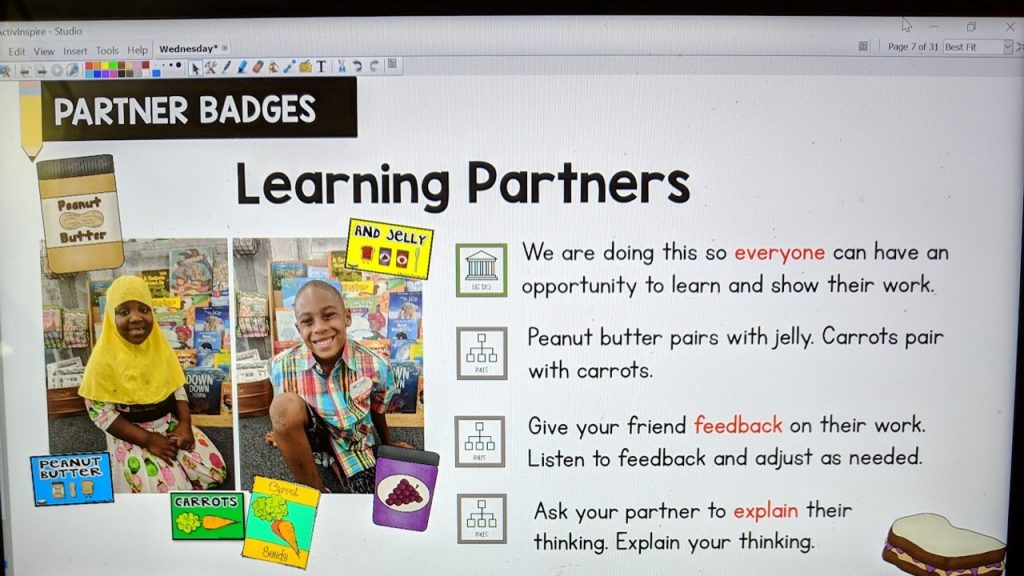
After my students have their badges, its easy to see who is available to pair up with for the task at hand. Using these badges also allows me to different the tasks I have students do and require everyone to stay engaged.
I can ask students to solve a math problem and I can say:
“Peanut Butter show me 5 + 6 with your cubes. Jelly write down the equation with the sum on your board.”
I have few more examples from my classroom to share as well.


Even though we are all working on the same task, I can have different groups of students do different things at the same time.
You can have students turn and talk and then let them know which group member will be sharing allowed. You can use strategic partner to decide who will speak first when your kids are discussing something to ensure it isn’t the same person every time.
My students do not have the same partner every day. As lone as the badges can be matched up, they can work together.

Badges are 2 1/4 x 3 1/2.
Just print in color and add them to plastic badge holders! (I got mine from Office Max)
Badges Included:
Macaroni and Cheese
Carrots and Peas
Cookies and Milk
Burgers and Fries
Peanut Butter and Jelly


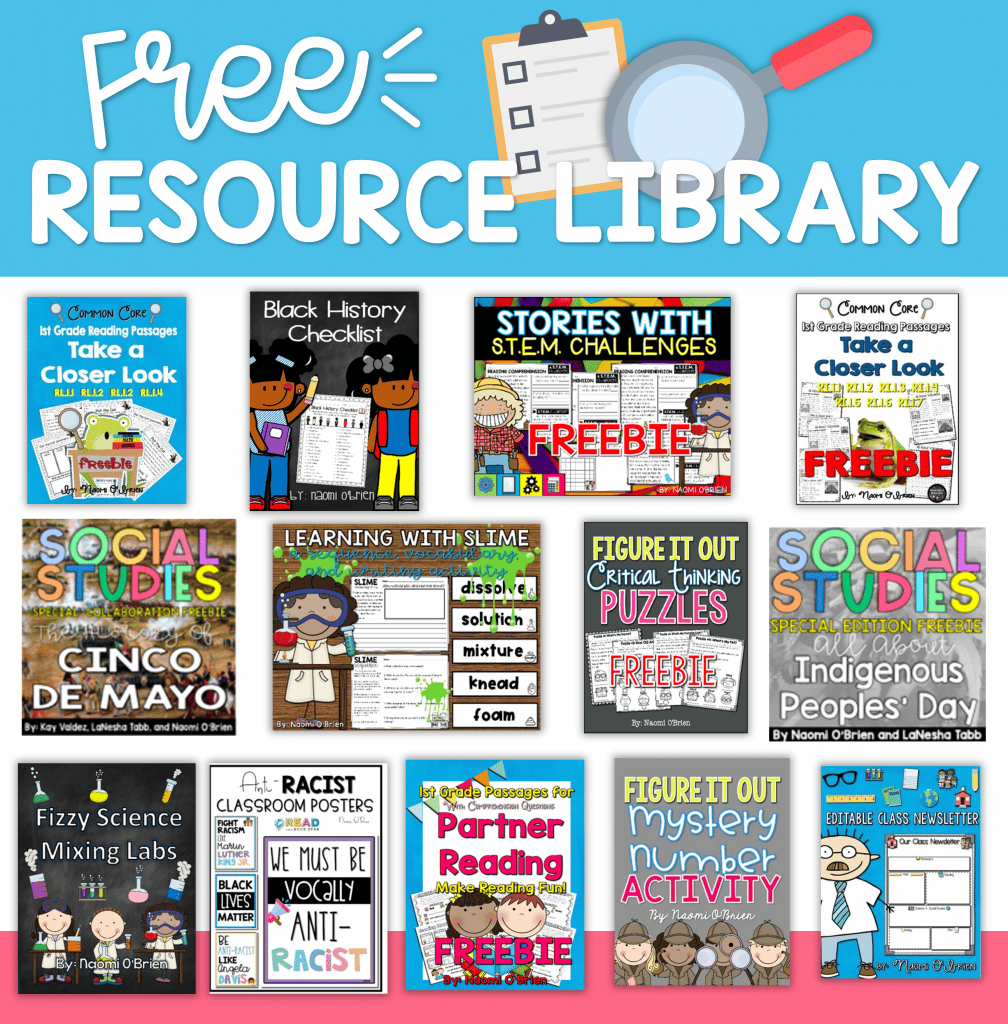
| Cookie | Duration | Description |
|---|---|---|
| cookielawinfo-checkbox-analytics | 11 months | This cookie is set by GDPR Cookie Consent plugin. The cookie is used to store the user consent for the cookies in the category "Analytics". |
| cookielawinfo-checkbox-functional | 11 months | The cookie is set by GDPR cookie consent to record the user consent for the cookies in the category "Functional". |
| cookielawinfo-checkbox-necessary | 11 months | This cookie is set by GDPR Cookie Consent plugin. The cookies is used to store the user consent for the cookies in the category "Necessary". |
| cookielawinfo-checkbox-others | 11 months | This cookie is set by GDPR Cookie Consent plugin. The cookie is used to store the user consent for the cookies in the category "Other. |
| cookielawinfo-checkbox-performance | 11 months | This cookie is set by GDPR Cookie Consent plugin. The cookie is used to store the user consent for the cookies in the category "Performance". |
| viewed_cookie_policy | 11 months | The cookie is set by the GDPR Cookie Consent plugin and is used to store whether or not user has consented to the use of cookies. It does not store any personal data. |
Thank you for your interest in booking a private professional development experience! Please fill out our Booking Inquiry form and a member of our team will contact you soon.
2 Responses
Hi,
I love this kind of classroom work. Is there a professional text to support the implementation?
I love the idea behind this, but worry that students may start to notice which group is the “smart” group and which is “not”. How can this model be used where this understanding among students isn’t prevalent?